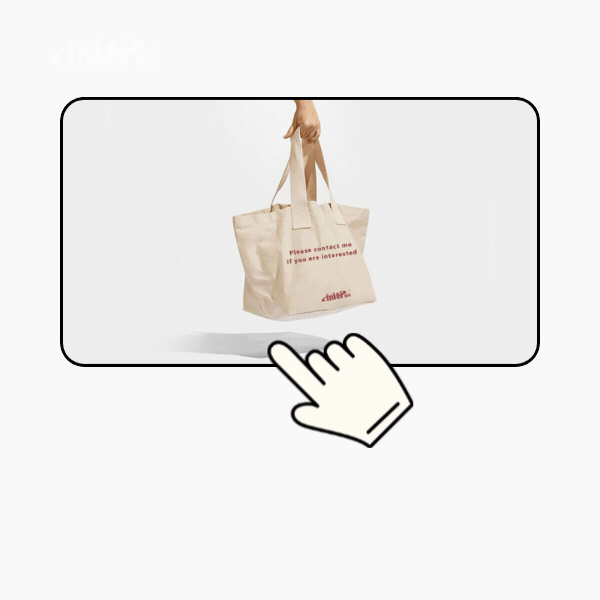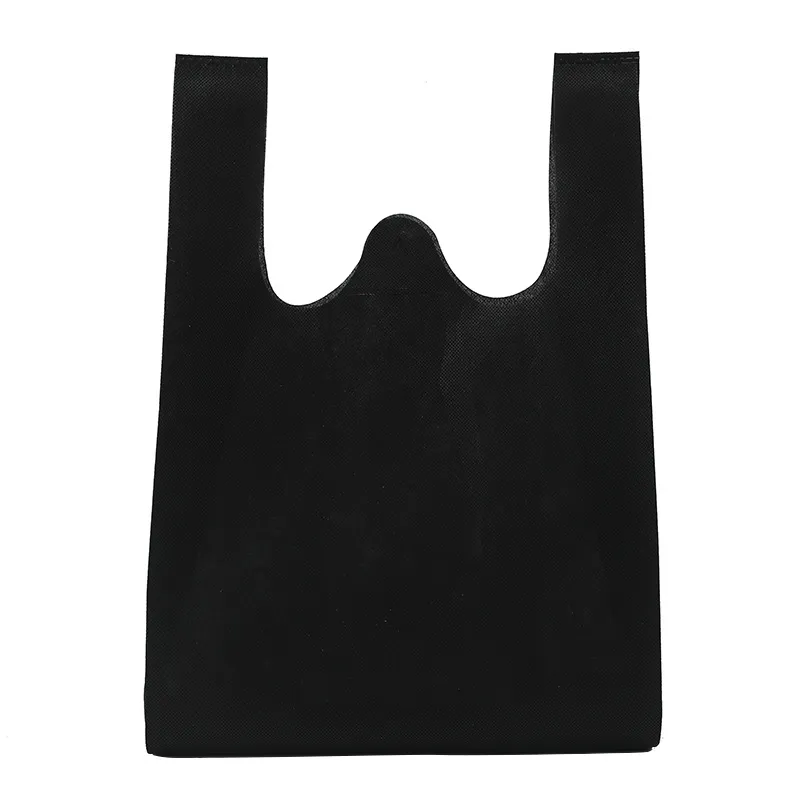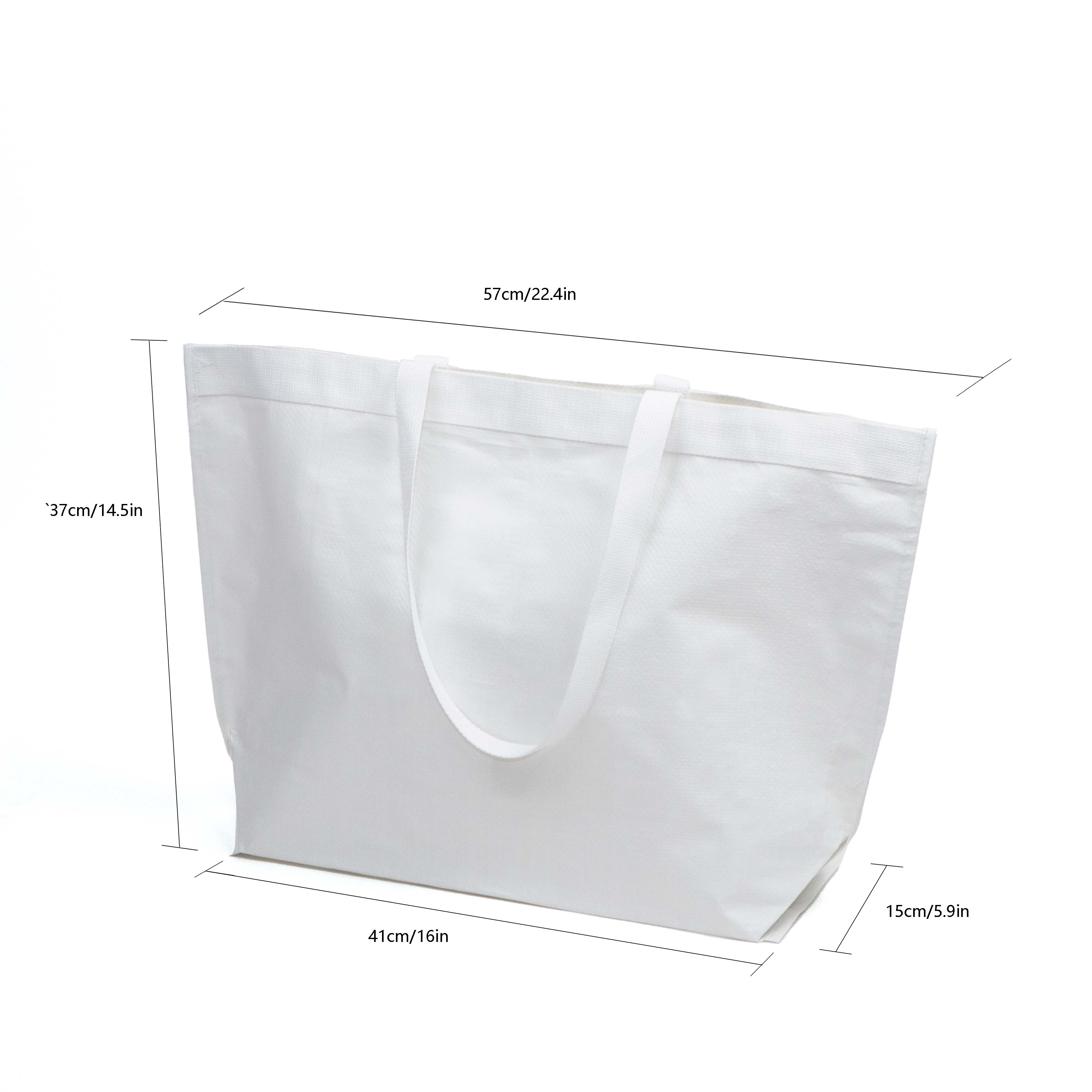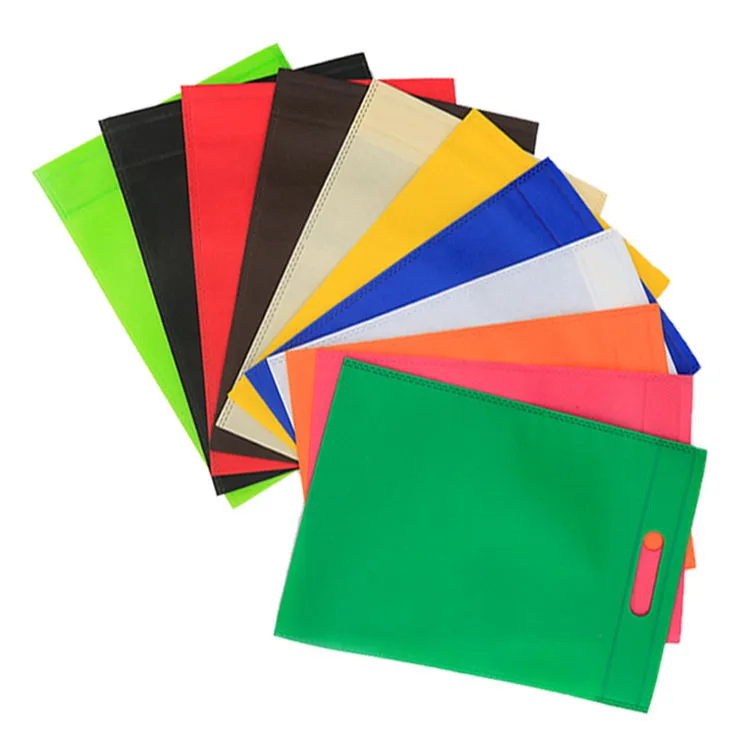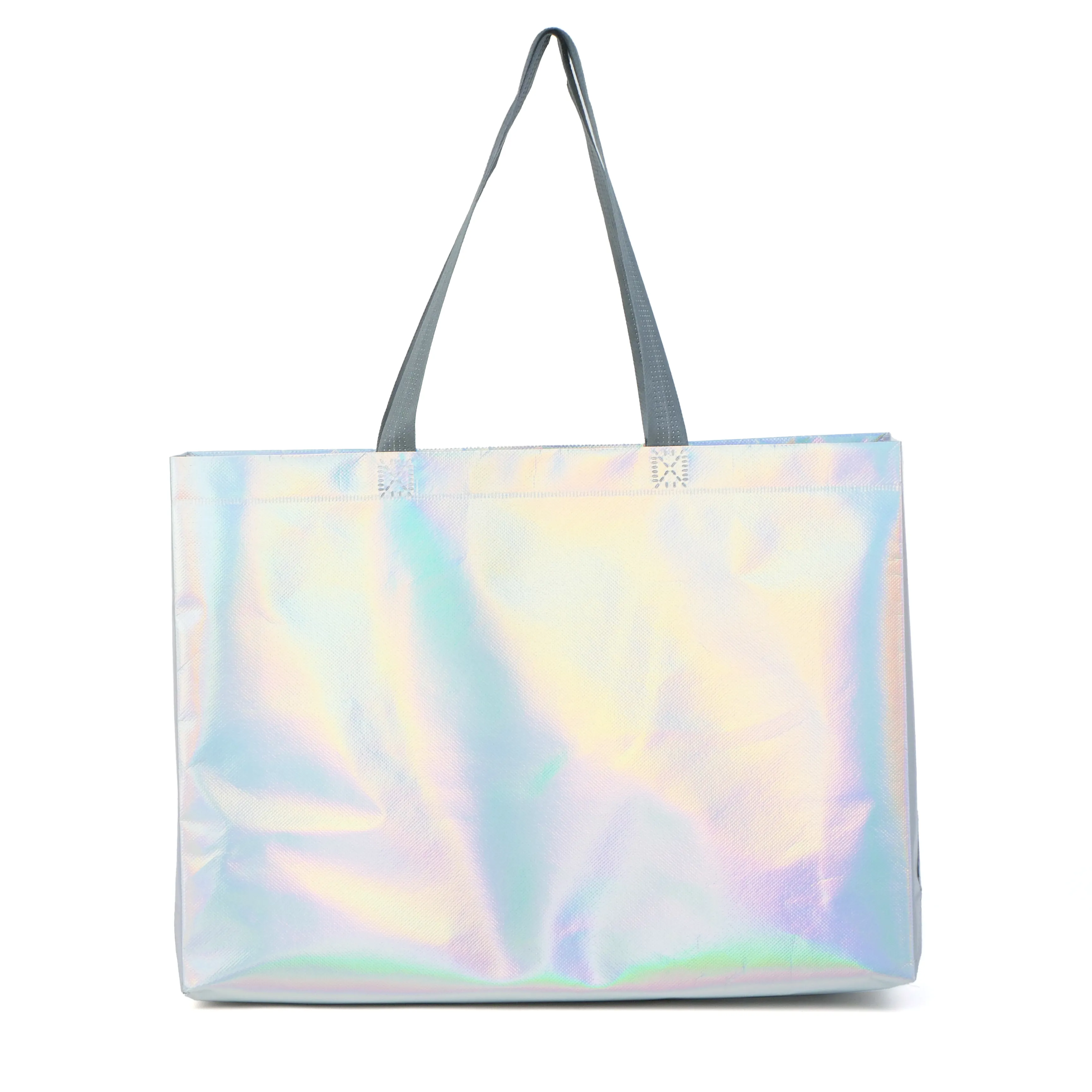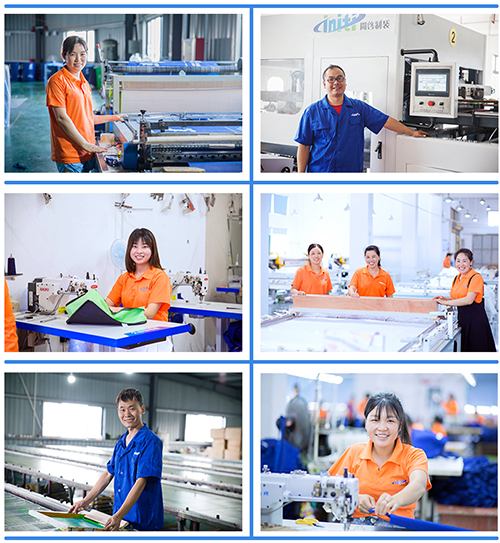What is a T-Shirt Bags?
What is a T-Shirt Bag? The Ubiquitous Carryall Defined
In the bustling world of commerce, few items are as instantly recognizable and universally utilized as the T-shirt bag. Its distinctive design, characterized by a main body with two loop handles that resemble the sleeves of a T-shirt, makes it incredibly practical and efficient for carrying a wide array of goods. Primarily crafted from plastic, this bag type has become the default shopping solution across convenience stores, supermarkets, retail outlets, and the ever-growing food delivery sector worldwide.
More than just a simple container, the T-shirt bag represents an intersection of convenience, cost-effectiveness, and, increasingly, environmental considerations. It's the bag we instinctively reach for when grabbing groceries, picking up takeout, or bundling a few small purchases. While its most common form is lightweight plastic, the landscape of T-shirt bags is evolving to include more sustainable and reusable alternatives, reflecting a global shift towards eco-conscious consumerism.
This comprehensive guide will delve into the origins, materials, types, advantages, and diverse applications of T-shirt bags, alongside exploring the vital movement towards eco-friendly options. Whether you're a business owner seeking wholesale solutions or a consumer curious about everyday packaging, understanding the T-shirt bag is key to appreciating its role in modern commerce.
History and Popularity of T-Shirt Bags: From Innovation to Indispensability
The journey of the T-shirt bag from an innovative concept to a global staple is a testament to its practical brilliance. While simple in design, its widespread adoption has fundamentally reshaped retail packaging.
The modern plastic T-shirt bag gained prominence in the 1970s, particularly after the Swedish company Celloplast AB patented a plastic grocery bag design. It offered a lightweight, strong, and highly economical alternative to paper bags, which were historically dominant. Its "T-shirt" handle design allowed for easy carrying and knotting, securing contents more effectively than traditional flat-bottom paper bags without handles. The manufacturing process for plastic bags was also incredibly efficient, allowing for mass production at very low costs.
This confluence of factors led to an explosive rise in popularity. By the 1980s, the T-shirt bag had largely replaced paper bags in many parts of the world, especially in supermarkets and convenience stores. Its ability to hold a substantial amount of weight relative to its own light mass, coupled with its resistance to moisture, made it a superior choice for groceries, which often include liquids or refrigerated items.
Today, the T-shirt bag remains one of the most frequently produced and distributed types of shopping bags globally. Its presence is undeniable in:
- Modern Retail: From small boutique purchases to large departmental hauls, T-shirt bags offer a practical egress solution.
- Supermarkets and Grocery Stores: They are the backbone of grocery checkouts, essential for bundling various items efficiently.
- Food Delivery and Takeaway Industry: With the rise of food delivery apps, T-shirt bags are critical for safely transporting meals from restaurants to customers' doors, providing a convenient and often branded package.
- Convenience Stores: Perfect for a quick grab-and-go purchase, offering immediate utility for customers.
Despite growing environmental concerns, the inherent advantages of convenience and cost have cemented the T-shirt bag's position as a cornerstone of consumer packaging, even as its materials and forms continue to evolve.
Common Materials Used for T-Shirt Bags: A Spectrum of Plastics and Fabrics
The material composition is crucial for defining a T-shirt bag's strength, flexibility, cost, and environmental impact. While plastics dominate, the type of plastic varies, and sustainable alternatives are gaining significant traction.
HDPE (High-Density Polyethylene)
HDPE T-shirt bags are perhaps the most common type found in supermarkets and retail stores worldwide. They are characterized by their "crinkly" feel and matte finish. The high density of the polymer chains in HDPE gives these bags:
- Exceptional Strength: Despite their thinness, HDPE bags are incredibly strong and resistant to tearing, making them ideal for carrying heavy or bulky groceries without breaking.
- Lightweight: Their thin profile means less material is used, contributing to lower cost and reduced waste volume.
- Puncture Resistance: While they can be pierced by sharp objects, their inherent strength makes them quite resistant to everyday punctures.
- Cost-Effectiveness: HDPE is one of the most economical plastics to produce, translating to lower per-unit costs for businesses.
Typical Uses: Ubiquitous as supermarket shopping bags, pharmacy bags, and general retail carry bags.
LDPE (Low-Density Polyethylene)
In contrast to HDPE, LDPE T-shirt bags offer a different set of characteristics due to their lower density and more branched polymer structure. These bags have a softer, smoother, and more translucent or glossy appearance.
- Softness and Flexibility: LDPE bags feel gentler to the touch and are much more pliable, with excellent stretch.
- Puncture Resistance (Flexibility): While not as inherently "strong" as HDPE, their flexibility makes them less prone to catastrophic tearing under strain.
- Good for Lightweight Items: Ideal for packaging items that don't require the rigid strength of HDPE, often offering a more premium feel.
- Better Printability: The smoother surface of LDPE often allows for higher-quality, more vibrant printing.
Typical Uses: Commonly used for carrying lighter goods, boutique purchases, bakery items, or as high-quality branded retail bags where a softer feel is desired.
Biodegradable / Compostable Plastics
Responding to environmental pressures, biodegradable and compostable plastic T-shirt bags represent a significant step towards sustainability. These materials are designed to break down more quickly in specific environments (like industrial composting facilities) compared to traditional plastics.
- Eco-Friendly: Reduces long-term plastic waste and microplastic pollution.
- Variable Breakdown: "Biodegradable" means it breaks down in the presence of microorganisms, while "compostable" means it breaks down into natural elements in a composting environment, leaving no toxic residue.
- Consumer Appeal: Appeals to environmentally conscious consumers and businesses.
- Cost: Generally more expensive than traditional HDPE or LDPE, and requires specific disposal conditions for full benefit.
Typical Uses: Green packaging initiatives, organic food delivery, eco-friendly retail, and businesses aiming to reduce their environmental footprint.
Non-Woven Fabric
Non-woven fabric T-shirt bags are a growing category, moving away from single-use plastics entirely. These are typically made from polypropylene (PP) fibers that are bonded together (not woven) to create a fabric-like material.
- Reusable and Durable: Designed for multiple uses, significantly reducing the demand for single-use bags.
- Strong and Resilient: Can carry heavy loads and withstand repeated use and washing.
- Excellent for Branding: The fabric surface provides an ideal canvas for high-quality, full-color printing of logos and brand messages.
- Perceived Value: Customers often perceive non-woven bags as a higher-quality, more substantial option, adding to a brand's image.
Typical Uses: Promotional giveaways, retail shopping bags in stores with plastic bag bans, personalized brand bags, and event merchandise.
Types of T-Shirt Bags: Categorizing for Clarity
Beyond materials, T-shirt bags can be categorized in several ways, reflecting their diverse functionality and usage contexts:
By Usage:
- Retail Bags: The classic supermarket or store bag, designed for carrying various purchases.
- Takeaway/Food Delivery Bags: Often slightly thicker or designed to hold containers without tipping, crucial for restaurants and food delivery services.
- Event/Promotional Bags: Frequently made from non-woven or thicker plastic, branded with logos for marketing campaigns, trade shows, or corporate giveaways.
By Thickness:
- Lightweight (Thin Gauge): Most common HDPE bags, designed for minimal material use and cost, typically for everyday groceries.
- Standard Weight: A balance of strength and cost, often slightly thicker HDPE or thinner LDPE, used for general retail.
- Heavy-Duty (Thick Gauge): Thicker plastics or non-woven options, built for heavier loads, repeated use, or demanding applications.
By Environmental Impact:
- Single-Use Plastic: Traditional HDPE/LDPE bags intended for one-time use before disposal (though often reused by consumers).
- Biodegradable/Compostable: Designed to break down into less harmful substances under specific conditions.
- Reusable: Thicker plastic, non-woven, or fabric bags intended for many repeat uses, promoting a circular economy.
Features and Advantages of T-Shirt Bags: The Unbeatable Combination
The enduring popularity of T-shirt bags isn't accidental. It stems from a powerful combination of practical advantages that benefit both businesses and consumers:
- Lightweight and Cost-Effective: Their minimal material usage translates to low production costs, making them an economical choice for businesses and often passed on to consumers for free or at a minimal charge.
- Space-Saving Storage: T-shirt bags stack or roll up compactly, minimizing storage space requirements for retailers, and making them easy for consumers to keep on hand.
- Ease of Use: The two-handle design allows for easy carrying. The ability to tie the handles together secures contents, preventing spills and making them ideal for carrying multiple items.
- Versatile for Multiple Scenarios: Equally effective for a handful of toiletries or a cart full of groceries, their adaptability is a major asset.
- Excellent for Branding and Promotion: The flat surfaces of T-shirt bags provide ample space for printing logos, store names, contact information, and promotional messages. This turns every bag into a miniature, mobile billboard, enhancing brand visibility.
- Choice of Materials: While plastic is common, the availability of eco-friendly alternatives (biodegradable, compostable, non-woven) allows businesses to align with evolving sustainability trends and meet consumer demand for greener packaging.
- Moisture Resistance: Plastic T-shirt bags are inherently water-resistant, protecting contents from rain or spills—a distinct advantage over traditional paper bags.
Applications of T-Shirt Bags: Pervasive in Daily Commerce
The T-shirt bag's versatility means it shows up in nearly every corner of the commercial landscape:
- Supermarket & Retail Shopping: The quintessential use, from large grocery chains to small boutique stores. They facilitate customer purchases, making shopping experiences more convenient.
- Food Takeaway and Delivery Services: Essential for restaurants, cafes, and food delivery platforms (e.g., Uber Eats, DoorDash) to securely transport meals, ensuring food arrives intact and fresh.
- Promotions, Branding, & Event Giveaways: Businesses leverage branded T-shirt bags at trade shows, corporate events, and product launches to distribute samples, brochures, and merchandise. They serve as walking advertisements, increasing brand recall.
- Wholesale & Supply Chain Uses: They are used in various supply chain stages, from internal transfers of goods to packaging items for distribution before they reach the consumer.
- Convenience Stores & Pharmacies: For quick, small purchases, providing an immediate and practical carry solution.
Eco-Friendly Alternatives and Trends: The Shift Towards Sustainability
While plastic T-shirt bags have offered unparalleled convenience, their environmental impact has led to a global reevaluation. The sheer volume of single-use plastic bags ending up in landfills and oceans has become a critical concern, spurring a significant shift towards more sustainable alternatives.
- Global Plastic Bag Bans and Levies: Governments worldwide are implementing bans, taxes, or levies on single-use plastic bags to reduce their consumption. This trend forces businesses to adopt eco-friendlier solutions, often making non-woven or thick reusable bags the standard.
- Advantages of Biodegradable and Compostable Bags: These materials offer a pathway to reducing persistent plastic waste. Businesses adopting them demonstrate a commitment to environmental stewardship, which can significantly enhance their brand image among eco-conscious consumers.
- The Power of Reusable Bags (Non-Woven, Fabric): The most impactful alternative is to encourage consistent reuse. Non-woven T-shirt bags, typically made of PP or rPET, are designed for hundreds of uses. They not only reduce waste but also provide a durable surface for high-impact branding, effectively turning a simple bag into a long-term advertising tool.
- Enhanced Corporate Social Responsibility (CSR): For businesses, embracing sustainable T-shirt bag options is no longer just a trend; it's an expectation. It contributes positively to their corporate social responsibility initiatives, resonates strongly with modern consumer values, and can differentiate them in a competitive market.
The future of the T-shirt bag lies in its ability to adapt. As regulations tighten and consumer awareness grows, the focus will undoubtedly shift further towards materials and designs that minimize environmental harm while retaining the inherent utility that made them so popular.
FAQ – Common Questions About T-Shirt Bags
Q1: What is the difference between HDPE and LDPE T-shirt bags?
A1: HDPE (High-Density Polyethylene) T-shirt bags are thinner, crinklier, very strong, and resistant to tearing – commonly used in supermarkets for heavier grocery items. LDPE (Low-Density Polyethylene) T-shirt bags are softer, more flexible, opaque or glossy, and not as strong but offer better stretch and print quality, often used for lighter, more delicate items.
Q2: Are T-shirt bags reusable?
A2: Traditional thin plastic T-shirt bags (especially HDPE) are often designed for single-use, though many consumers reuse them for trash or secondary purposes. However, thicker biodegradable plastic options, and particularly non-woven fabric T-shirt bags, are specifically designed to be highly durable and reusable multiple times, promoting sustainability.
Q3: Can T-shirt bags be eco-friendly?
A3: Absolutely! While traditional plastic T-shirt bags have an environmental impact, there are many eco-friendly alternatives. These include bags made from biodegradable plastics (which break down faster), compostable materials (which can turn into organic matter), and reusable non-woven fabrics (which significantly reduce single-use waste).
Q4: What are typical sizes of T-shirt bags?
A4: T-shirt bag sizes vary widely to accommodate different needs. Common categories include small (e.g., for pharmacy items), medium (standard retail/takeaway), and large (for bulk groceries or larger items). Specific dimensions (width, height, gusset/side expansion) can also be customized by manufacturers.
Q5: Can T-shirt bags be printed with custom logos?
A5: Yes, nearly all types of T-shirt bags – whether made from plastic (HDPE, LDPE), biodegradable materials, or non-woven fabric – are highly customizable and can be printed with custom logos, brand names, slogans, vibrant brand colors, or intricate promotional designs. This feature is a key advantage for businesses seeking brand visibility.
Conclusion: The Evolving Role of the T-Shirt Bag
From its humble beginnings, the T-shirt bag has evolved into an indispensable component of global commerce, lauded for its sheer convenience, cost-effectiveness, and remarkable versatility. It seamlessly integrates into retail, food delivery, and promotional strategies, serving a myriad of purposes across industries.
However, its journey is far from over. As environmental consciousness continues to grow and policy frameworks shift globally, businesses are increasingly tasked with a crucial decision: to embrace eco-friendly materials and reusable options for their packaging needs. This transition not only mitigates environmental impact but also significantly bolsters a brand's sustainable image and resonates deeply with an ever-more discerning consumer base.
For businesses, understanding the nuances of T-shirt bag types, materials, and their strategic applications is key to making informed choices that balance operational efficiency with environmental responsibility. The future of the T-shirt bag is not merely about carrying goods, but doing so in a way that respects our planet.
Ready to elevate your brand with custom-printed T-shirt bags that align with your values? Explore our range of eco-friendly and wholesale T-shirt bag solutions today!
Hot Tags:Shopping Bag China, suppliers, manufacturers, factory, wholesale, in bulk, for sale,tote bag ideas,canvas bags for storage,cotton shoulder bag, rpet bag, custom garment bags,canvas drawstring bags,Insulated lunch cooler bag,makeup cosmetic bag for sale,Grocery and Shopping tote bag,Beach Accessories,Jute/hemp/burlap tote bag,Corduroy tote bag,Travel bag,Linen bag,Paper bag

